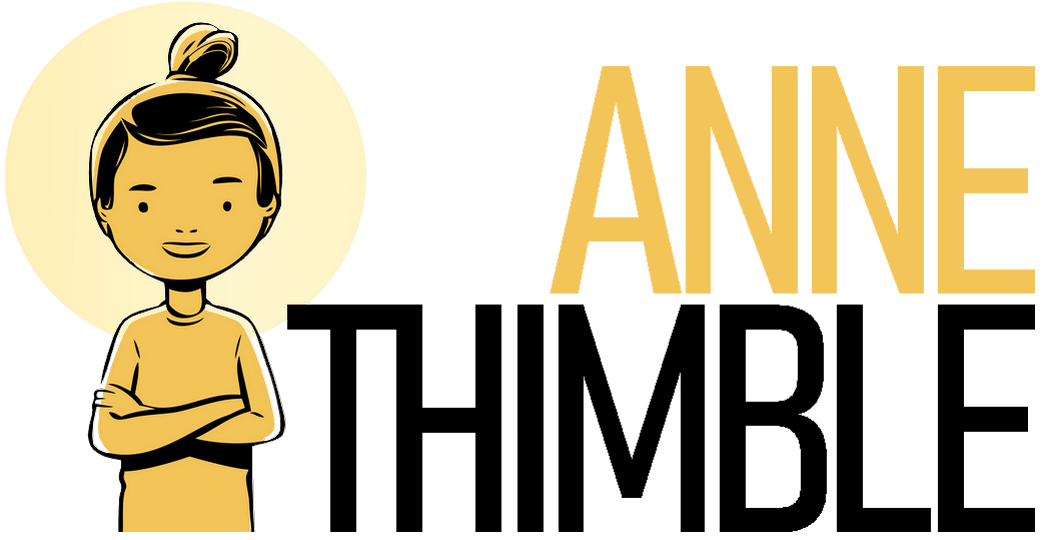Movies and tv shows are created to entertain us with laughter, tears and a wide spectrum of other emotions. This is done through visual, auditory and, of course, great acting. Many of the greatest movies are experienced and loved worldwide, meaning they must be understood across different cultures, languages and customs.
To be enjoyed by all audiences, audio adaptation is required so it is understood, and viewers can follow along to match what they are hearing with what they are seeing. In this digital age, streaming services provide a global reach for tv shows and movies, so the demand has grown to make the content understandable, regardless of where it is viewed.
Adapting multimedia is mainly done through two processes; subtitles and dubbing. Subtitling is a process where text is added in another language on the screen to read what is being said. Dubbing replaces the voices from the original audio track with a translated version.
Both have their place and are vital to giving the intended audience a full theatrical experience and production companies debate which is better or use both for international audiences.
Let’s take a close look at the differences between subtitles and dubbing. We will dig deeper into each process. Both have pros and cons.
Subtitles

We have all seen subtitles that run on the bottom of screens, and they can usually be toggled off and on depending on whether you want to have them included in your viewing experience. While subtitles are typically put on so those who don’t understand the original language can follow along, they also provide the dialogue for those who are hearing impaired.
Subtitling services are complex because they involve more than just translating a language. While these are designed to bridge the language gap, they also need to be understood in a way that reflects the culture and nuances of the people it reaches.
Closed captioning is a type of subtitling that helps the hearing impaired and not only includes the dialogue and it also gives audio cues for what is being heard on the screen, including:
- A busy cafe
- Screeching tires
- Doorbell rings
- Music playing
- Laughing
- Coughing
This helps those who can’t hear fully understand what is happening in the scene, capturing the emotion and tone of non-speech elements.
It can be distracting if you don’t need to use it as it draws the eyes away from the action, but it is useful when the tv is on in a loud venue like a bar or airport. Subtitling is easier and less expensive but may not engage the audience. When a person watches a show that has subtitles, it can improve their language skills, including grammar, vocabulary and pronunciation.
Dubbing

With dubbing, there is no writing at the bottom of the screen. Instead, the dialogue is recorded in multiple languages so the intended audience can watch and hear the voices in real-time. It can be hard to get used to because the lip movements differ from the voice, but it allows an undistracted viewing experience.
Dubbing happens in post-production, and that means hiring voice actors who can speak different foreign languages. The new dialogue has to be synced as close as possible to the original language, including facial expressions, gestures and mouth movements, but that’s not all. It also needs to capture the emotion and tone of the dialogue. Sometimes all audio is dubbed, including ambient noise, foley and music.
All this makes dubbing more expensive, but it comes with a better movie-watching experience for a foreign audience.
Pros and Cons of Subtitles

Subtitles provide a way for people to experience the movie or tv show in its original audio and language while still being able to understand it through reading the text. The viewer or listener gets to hear the original actor’s voice with an accurate translation.
Pros of Subtitles
- Allows viewers to hear the original audio track
- No need for matching lip movements
- More affordable
Cons of Subtitles
- Takes up visual space on the screen
- Can be a distraction that exhausts viewers
- Hard for children
Pros and Cons of Dubbing

Dubbing creates an immersive experience of a foreign film with a local language and gives it new life. Many people don’t want the distraction of reading subtitles and would rather hear their native language dubbed over the original.
Pros of Dubbing
- No distractions written on the screen
- Closer to the spoken language
- Nothing to read
Cons of Dubbing
- More expensive
- You are not seeing the original performance
- Mismatched lip movements
Both have their place to provide the audience with the production’s intended sound and experience.
Regardless of the method used to translate audio, it is a positive enhancement that not only helps to include a diverse audience in tv and movie productions but also expands the art and creates more revenue for the shows as they stretch across the globe.




